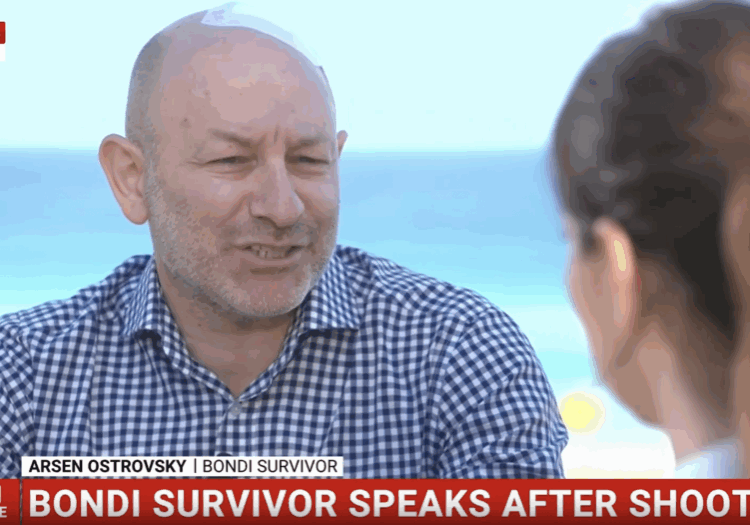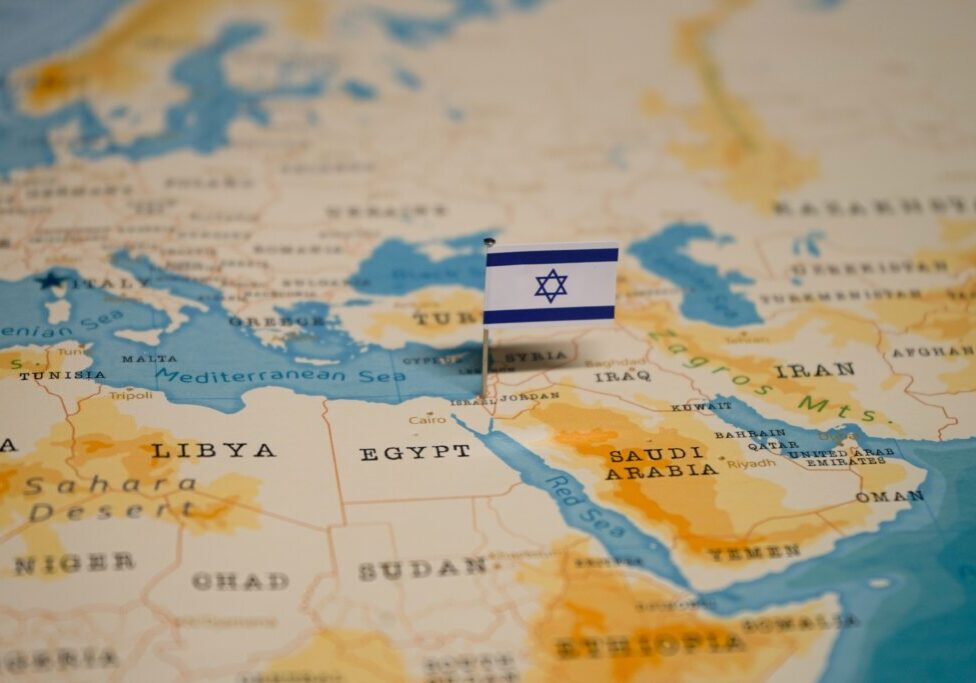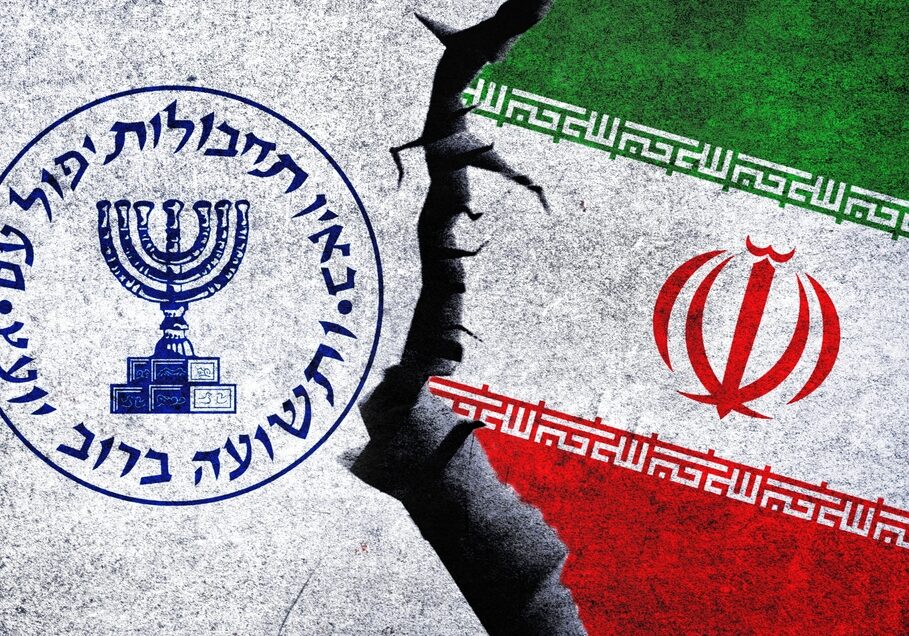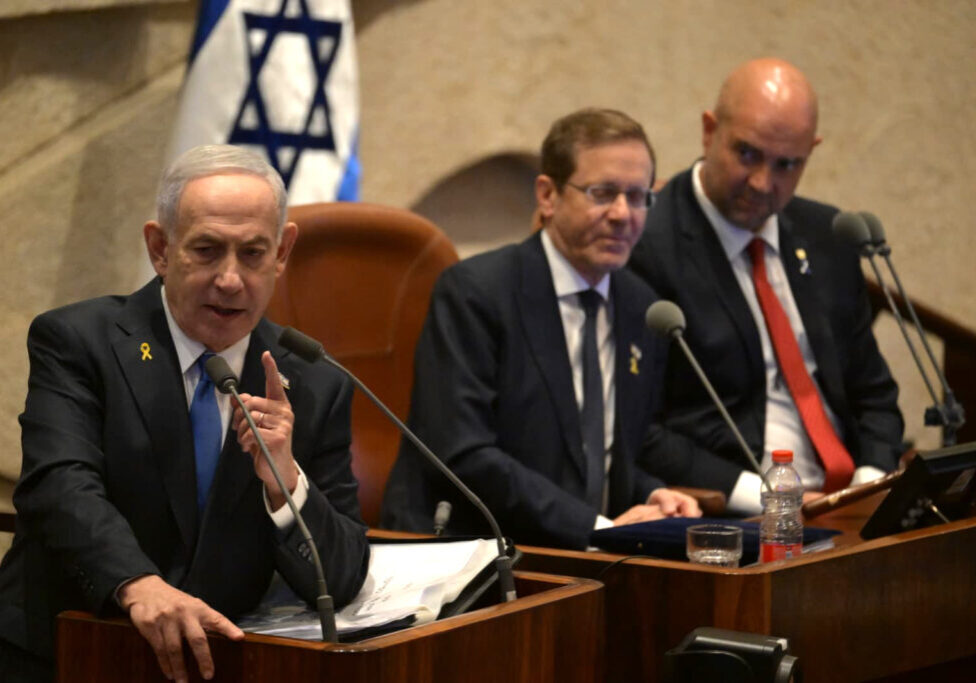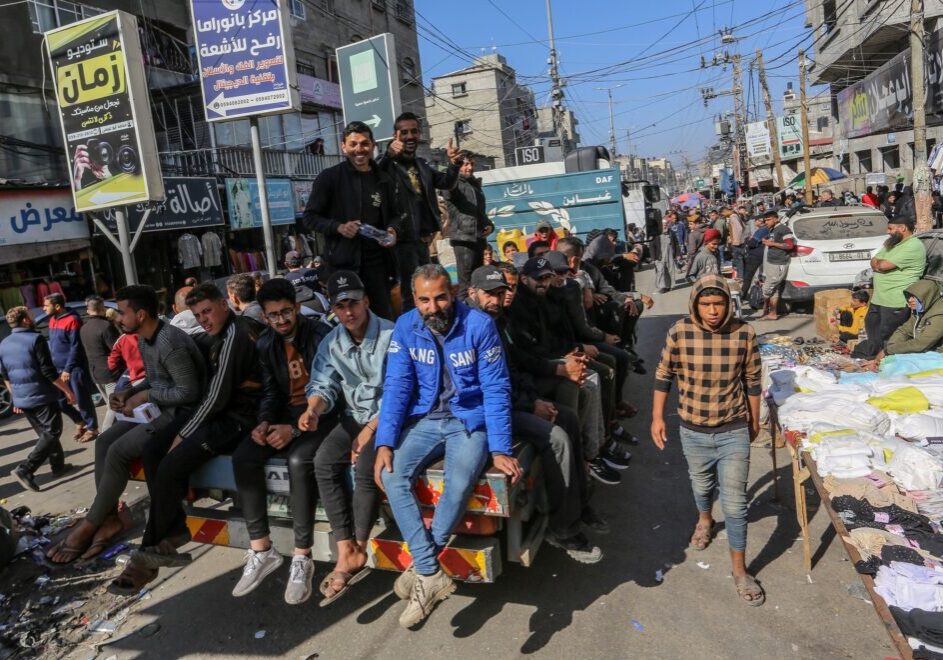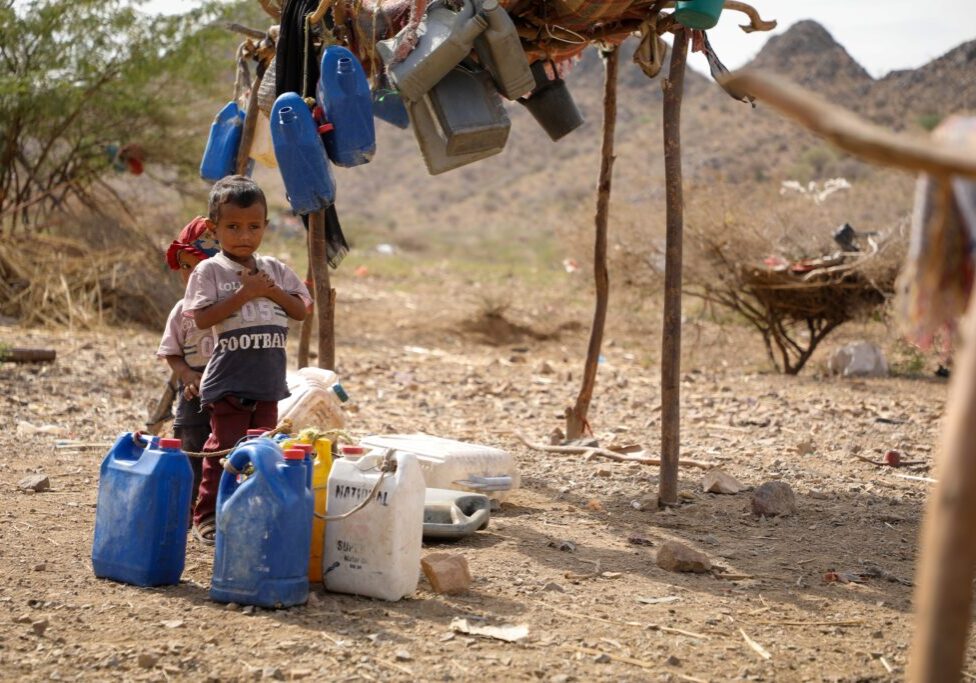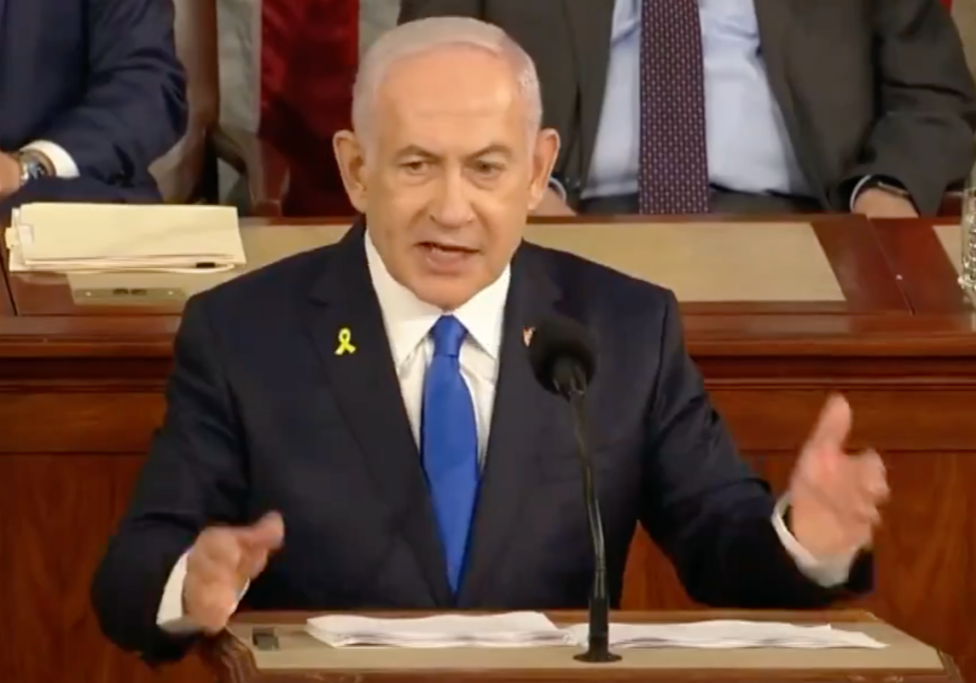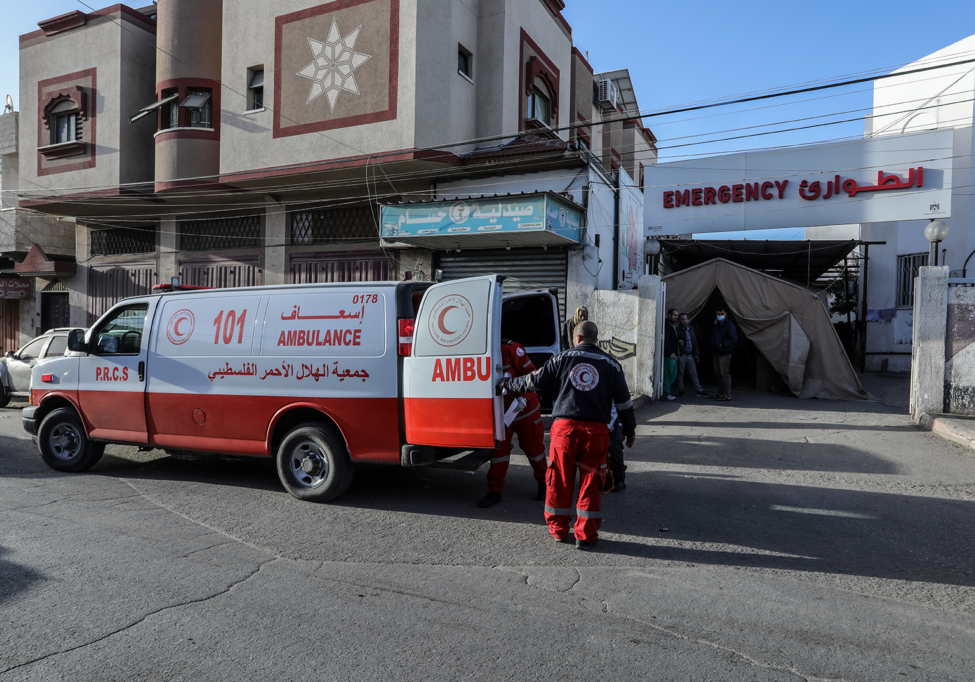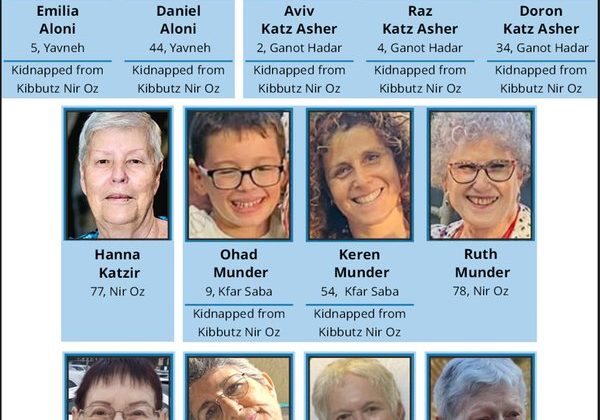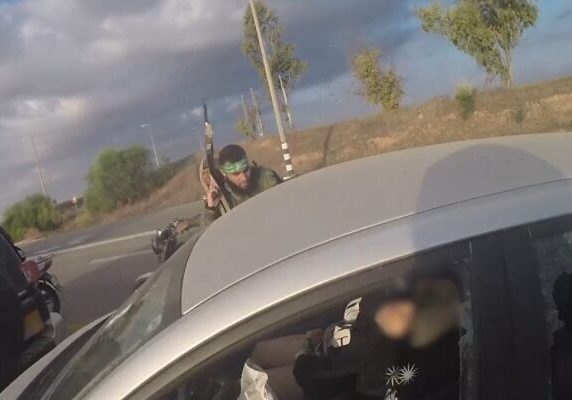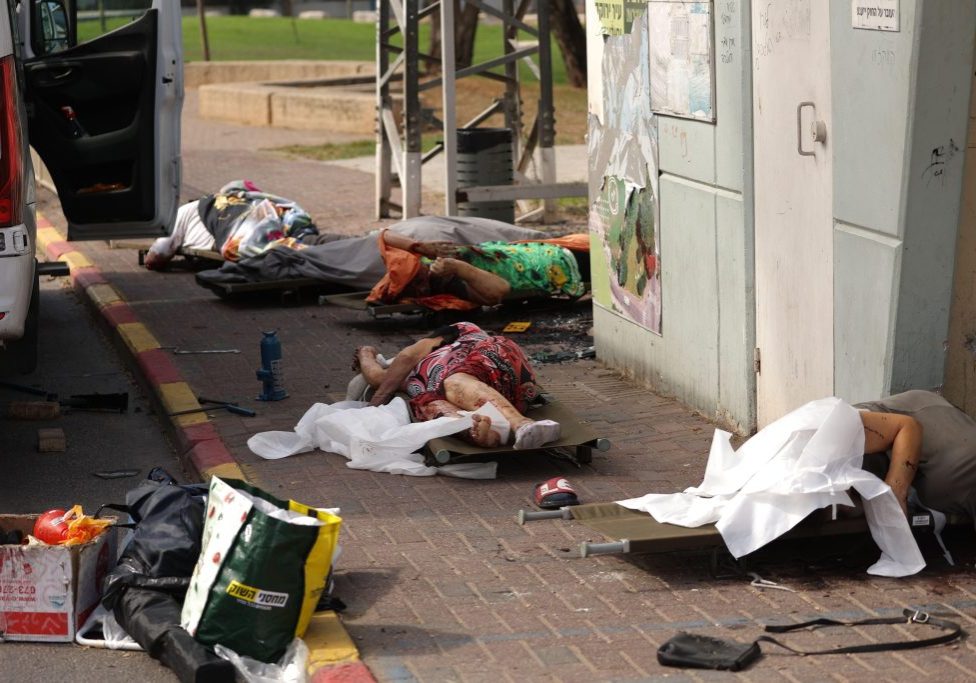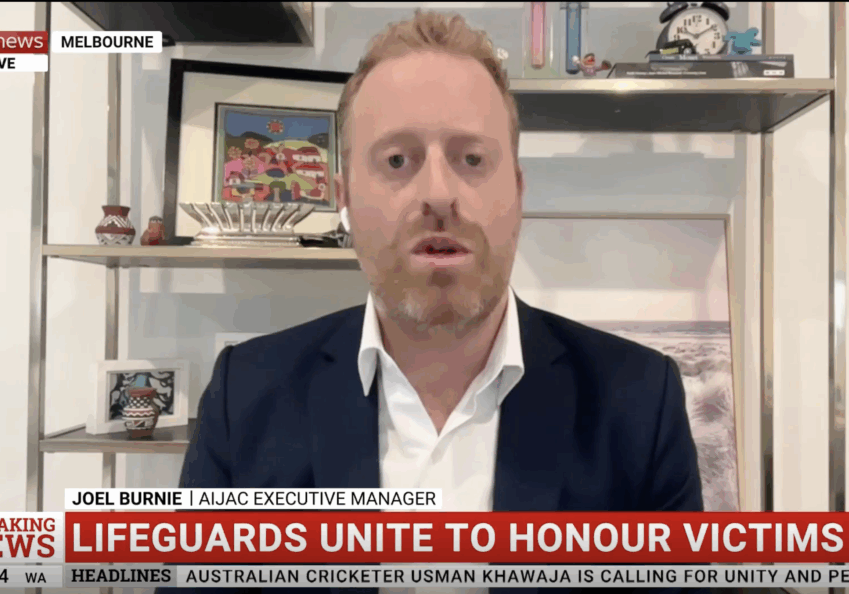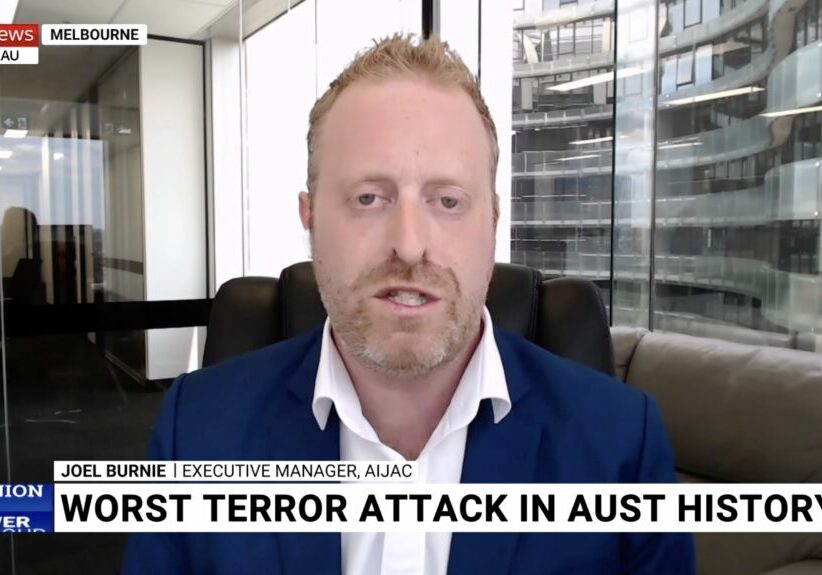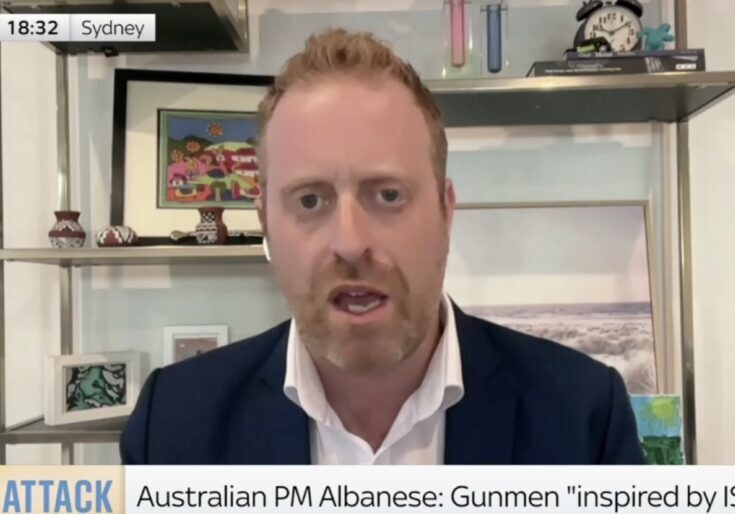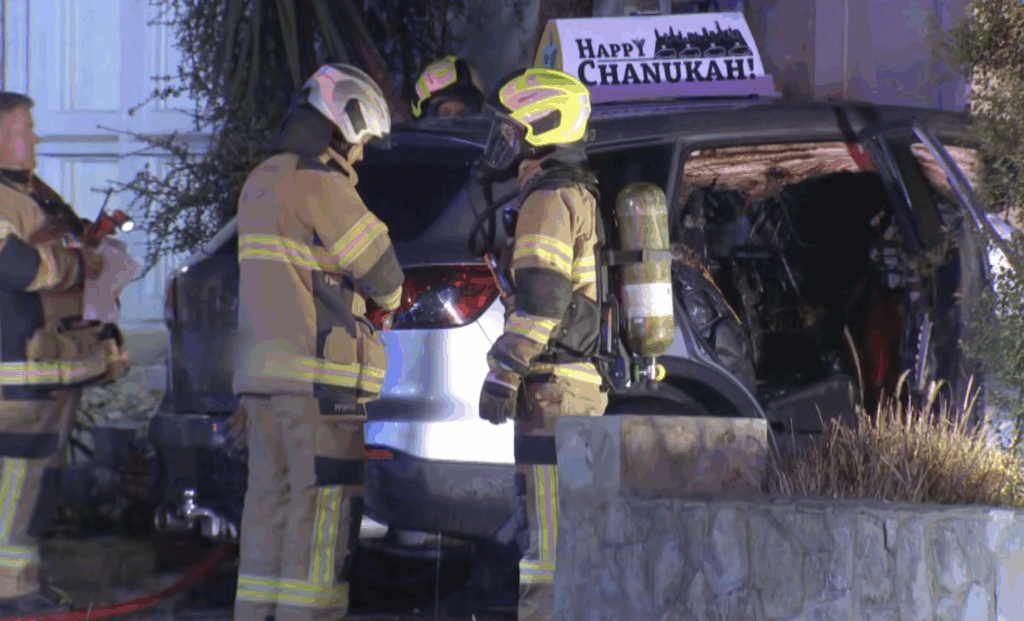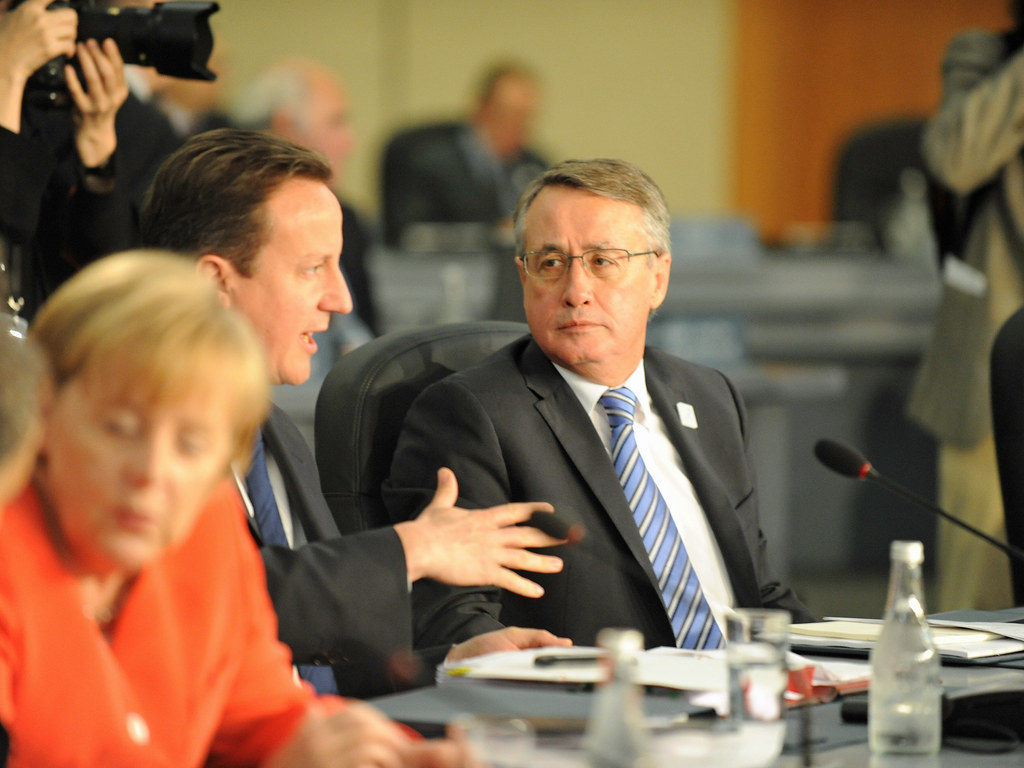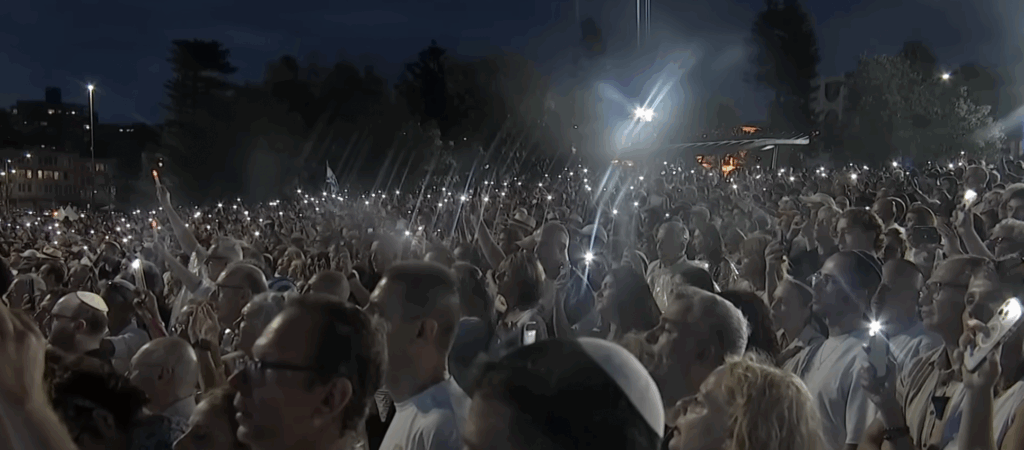FRESH AIR
Ha’aretz reveals claims about major settlement expansion are wrong
October 17, 2017 | Ahron Shapiro

Last Wednesday, the top headline on Page One of Israel’s Ha’aretz newspaper was “Pledge of 3,800 settlement units is vastly inflated”.
Online, the headline of the same article noted that “only 600 will be actually built”, while the sub-head added that “Close examination of the list of construction plans expected to be approved next week reveals that the number of units presented to the public inflated and recycled”.
Inside the article, we read:
The 3,800 units presented to the public is an inflated, recycled number, with the government expected to give immediate building permits to only 600 units.
Of these, 300 homes will be in Beit El, promised to the settlement after the demolition of the homes in Ulpana Hill over five years ago. The plan has gotten all the required approvals and bids will now be solicited from contractors. There are also 86 units slated for Kochav Yaakov for those evacuated from the illegal outpost at Migron, the fulfillment of a promise made in 2012. There will also be a significant expansion of the settlement of Nokdim, which is where Defense Minister Avigdor Lieberman lives and where 146 new homes will be built. Also to be approved are nine homes in Psagot and 30 in the Jewish area of Hebron.
So what happened to the other 3,200 promised homes? All will be advanced a stage in the lengthy bureaucratic process, but building will not begin soon and these plans could easily be halted at any time by either Netanyahu or Lieberman.
The bottom line is that – contrary to the impression given by Israeli Prime Minister Binyamin Netanyahu himself as well as in most news reports – the Netanyahu government has continued a policy of general restraint in settlement activity, especially outside of the settlement blocs Israel is expected to retain in any potential peace agreement, via land swaps.
One must pause to reflect on the source of the story, which may seem incongruous with the theme, which seems to cast Netanyahu in a positive light. Have the article’s authors, Barak Ravid and Chaim Levinson, somehow become Netanyahu supporters at a paper which remains the editorial voice of Israel’s left-wing?
Not at all. Rather, the article, which was given equal prominence in the Hebrew print and online versions of the paper, was almost certainly intended to foment unrest among far-right pro-settlement factions of Netanyahu’s narrow 61-59 Knesset coalition, especially at a time when the Israeli PM is facing growing legal troubles. At the same time, bearing in mind that Ha’aretz’ journalists are known to generally abhor settlements to the same degree they detest Netanyahu and the Likud, it is safe to assume that Ha’aretz isn’t fudging any figures.
There have actually been many stories in Ha’aretz detailing Netanyahu’s restraint on West Bank construction over the past few years. I’ll give just three excellent examples here, though there are many more:
Two years ago, Levinson wrote a story headlined in print “Rise in settler numbers due to births, not building” with the subhead “Building rate under Netanyahu lowest since 1995” (the link to the online story with slightly different headlines can be found here).
In January 2016, the paper headlined another article penned by Levinson that “West Bank building resumes after 18 months” (Online: “Israel approves new West Bank homes, marking end of informal building freeze”)
The opening paragraphs read:
Israeli planning authorities approved the construction of 153 new apartments in West Bank settlements last week, effectively putting an end to a construction freeze that has lasted about 18 months.
For almost two years now, the government has largely refused to advance new building plans in the territories, due to fear that the U.S. administration would retaliate by refusing to veto anti-Israel resolutions in the UN Security Council. The only plans that did move forward involved either legalization of existing outposts or master plans for areas where petitions to the High Court of Justice spurred the government to act.
It almost goes without saying that this lengthy informal freeze had not been reported abroad, though settlers were certainly acutely aware of it, as this advertisement by settlers in Israeli print media from January 2016 lamented: “Bibi is freezing us and [right-wing Jewish Home party leader Naftali] Bennett is silent!”
Finally, in June of this year, Ha’aretz columnist Yossi Verter, who sums up the week in politics in the paper each Friday, commented:
Eight years they [the settlers] heard from Netanyahu how he wanted to build, to cover the land with homes, kindergartens, health clinics – what not – but that the evil Barack Obama was preventing him from doing so. After Trump was elected, Netanyahu asked for patience, until after inauguration day. Once the new president was in the White House, the prime minister asked again for an indefinite respite, until it became clear what was happening with the peace initiative taking shape in Washington. I’ll get back to you, he promised. Maybe he got back to them with sweet words about their pioneering Zionism, but construction permits? No way.
Netanyahu’s restraint on the matter of construction in the settlements has made him the target of increasing attacks on his right in recent days.
And while the newest plans include some new housing outside of the blocs, the number of homes, even if they are built, would be relatively negligible and make no impact upon the footprint of the settlements, which take up less than two percent of the West Bank.
Many well-meaning people have bought into the argument that settlement housing announcements are counterproductive for peace, while missing the point that talking about building settlements and actually building them are two different things. It’s an important distinction that isn’t made often enough.
Ahron Shapiro
Tags: Israel
RELATED ARTICLES
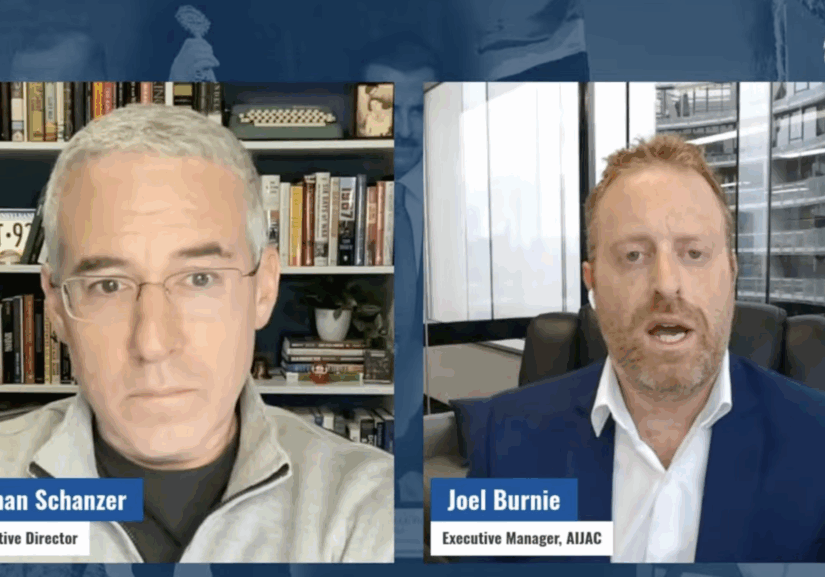
The Government’s actions still fall short: Joel Burnie on FDD Morning Brief
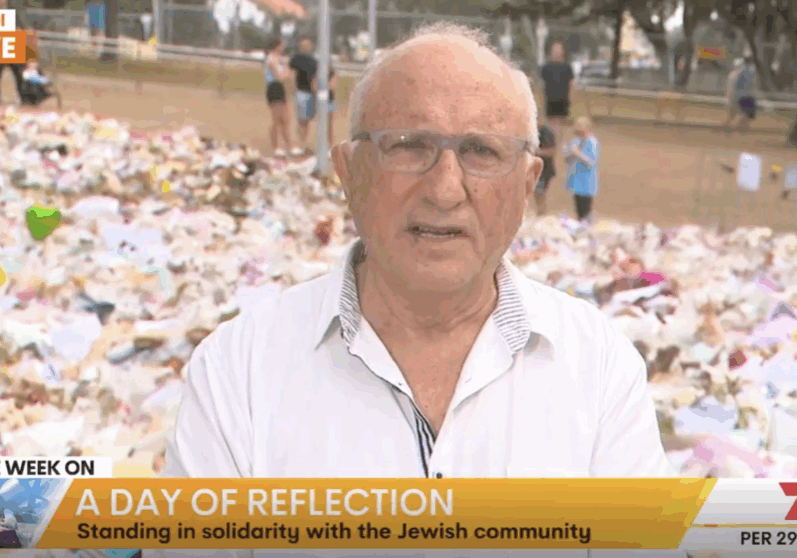
“The writing was on the wall for a number of years”: Colin Rubenstein on Channel 7 Weekend Sunrise
